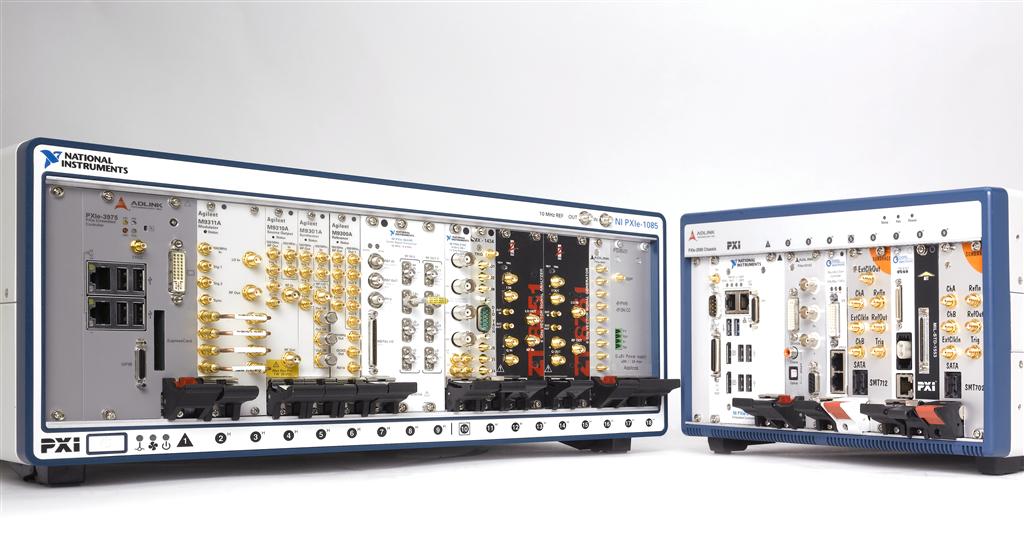Description
The National Instruments SCC-PWR03 Power Module, with part number 183971-03, is designed to be compatible with the SC-2345 and SC-2350 Signal Conditioning Carriers. This module is capable of providing output voltages of +5V and ±15V analog power, and it requires an input voltage range of 7 VDC to 42 VDC, drawing an input power of 325 mA at 12 VDC. It features reverse voltage protection up to -42 VDC and has status indicators in the form of LEDs on the SC-2345 and SC-2350 units.
To comply with EMC regulations, the use of double-shielded cables is required for all wirings. Despite its obsolete status being announced, this power module remains available for purchase and repairs through Apex Waves. There are various package options, including a bundle with the SC-2345 under part number 777458-03, with configurable connectors as part number 777722-03, and with configurable connectors for DAQPAD, which is listed under part number 778018-03.
| Specification | Details |
|---|---|
| Product Name | National Instruments SCC-PWR03 Power Module |
| Part Number | 183971-03 |
| Compatible With | SC-2345 and SC-2350 Signal Conditioning Carriers |
| Output Voltages | +5V; ±15V Analog Power |
| Input Voltage Range | 7 VDC – 42 VDC |
| Input Power | 325 mA at 12 VDC |
| Reverse Voltage Protection | Up to -42 VDC |
| Status Indicator | LEDs on SC-2345 and SC-2350 |
| EMC Compliance | Requires double-shielded cables |
| Obsolete Status | Announced but available for purchase and repair by Apex Waves |
| Package Options |
|
Q1: What input power specification is required for the National Instruments SCC-PWR03 Power Module when operating at 12 VDC?
A1: The National Instruments SCC-PWR03 Power Module requires an input power of 325 mA at 12 VDC when operating.
Q2: What are the input voltage requirements and the output voltage capabilities of the National Instruments SCC-PWR03 Power Module, and with which Signal Conditioning Carriers is it compatible?
A2: The National Instruments SCC-PWR03 Power Module, compatible with the SC-2345 and SC-2350 Signal Conditioning Carriers, provides output voltages of +5V and ±15V analog power, requires an input voltage range of 7 VDC to 42 VDC, and draws 325 mA at 12 VDC, with reverse voltage protection up to -42 VDC. To comply with EMC regulations, double-shielded cables must be used for all connections.
Q3: What is the range of input voltage and the required input power for the National Instruments SCC-PWR03 Power Module, and what specific Signal Conditioning Carriers is it designed to be compatible with?
A3: The National Instruments SCC-PWR03 Power Module requires an input voltage range of 7 VDC to 42 VDC and draws an input power of 325 mA at 12 VDC; it is designed to be compatible with the SC-2345 and SC-2350 Signal Conditioning Carriers.
Q4: What are the compatibility features and power specifications of the National Instruments SCC-PWR03 Power Module, and how does it ensure compliance with EMC regulations?
A4: The National Instruments SCC-PWR03 Power Module requires an input voltage range of 7 VDC to 42 VDC and is capable of providing output voltages of +5V and ±15V analog power; it is designed to be compatible with the SC-2345 and SC-2350 Signal Conditioning Carriers.
Q5: What are the specifications and compatibility features of the National Instruments SCC-PWR03 Power Module, and how does it accommodate EMC regulations?
A5: The National Instruments SCC-PWR03 Power Module, part number 183971-03, is designed for compatibility with SC-2345 and SC-2350 Signal Conditioning Carriers, offering output voltages of +5V and ±15V analog power, and requires an input voltage range of 7 VDC to 42 VDC, with an input power draw of 325 mA at 12 VDC. It includes reverse voltage protection up to -42 VDC and LED status indicators.


